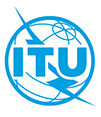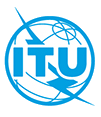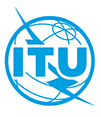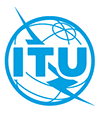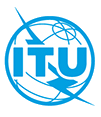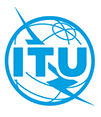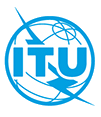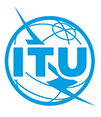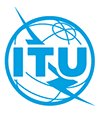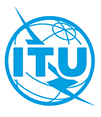Cloud computing – Overview and high-level requirements of distributed cloud
Recommendation ITU-T Y.3508 provides an overview and high-level requirements for distributed cloud. This Recommendation introduces the concept of the distributed cloud and identifies the characteristics of distributed cloud. Based on concept and characteristics, configuration models are illustrated. Deployment considerations of distributed cloud are provided in perspective of infrastructure, network, service, management and security. From use cases, high-level requirements of the distributed cloud are derived.
